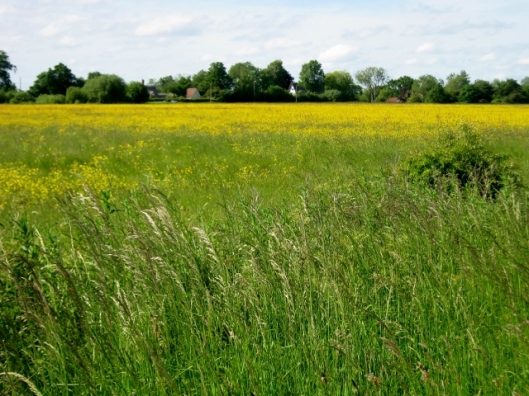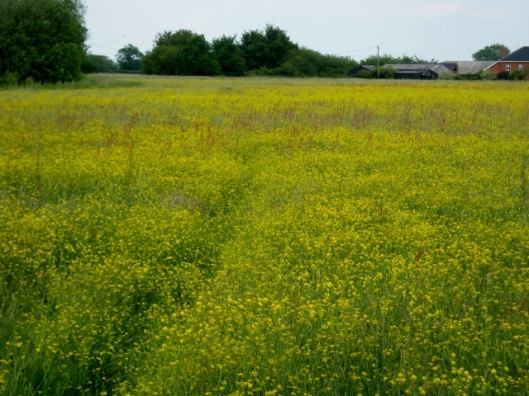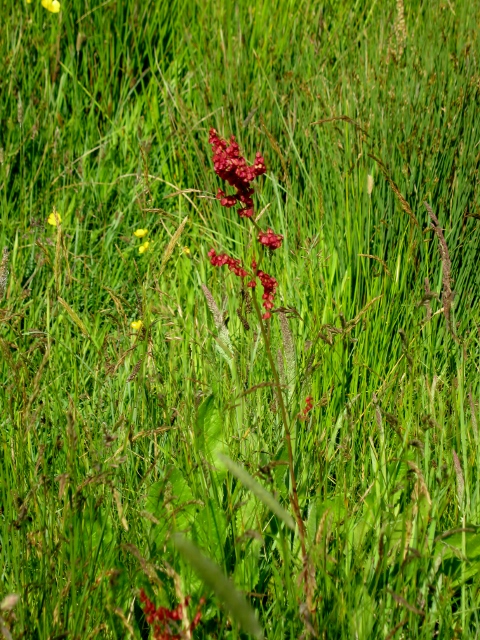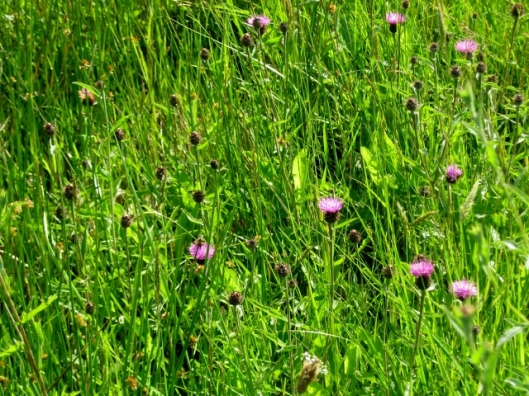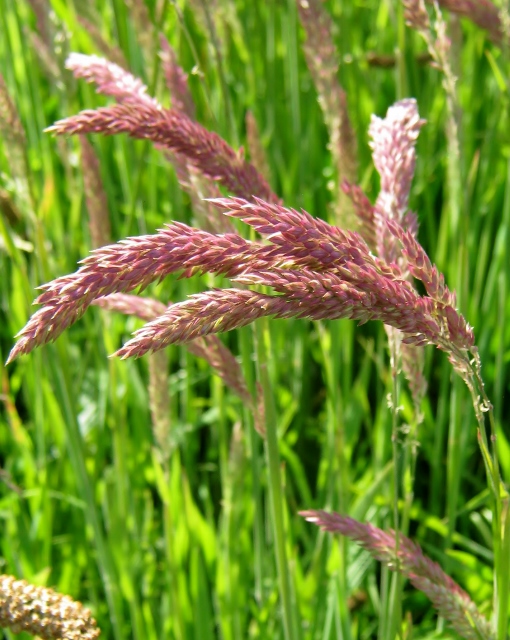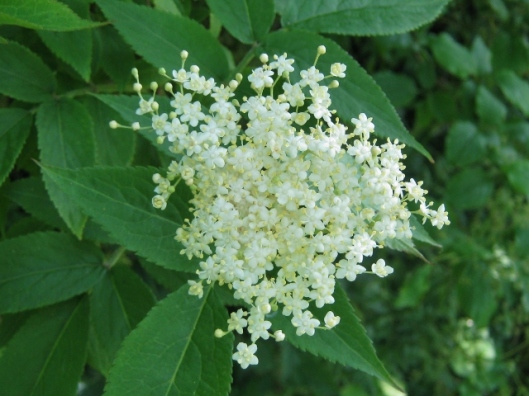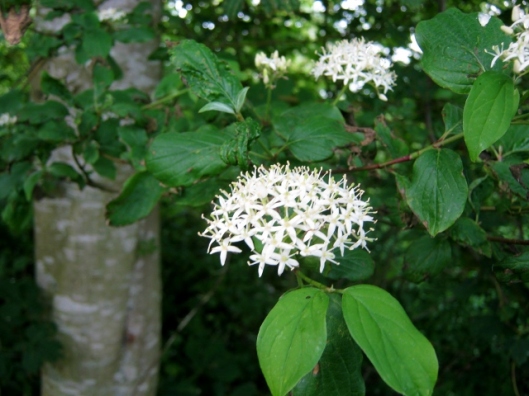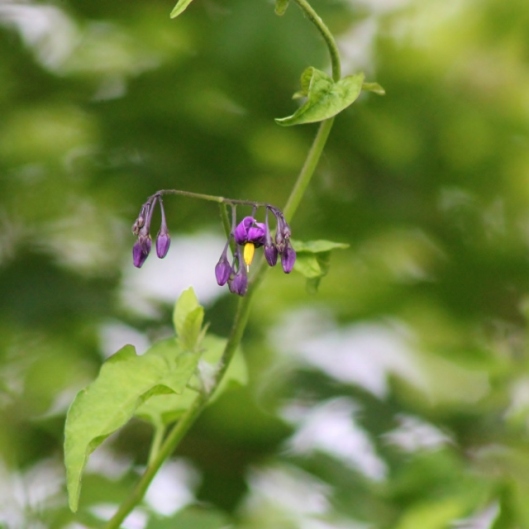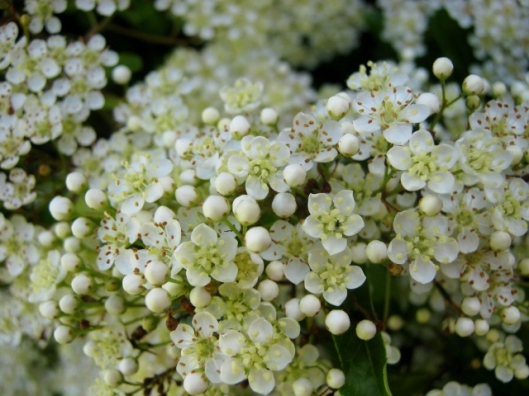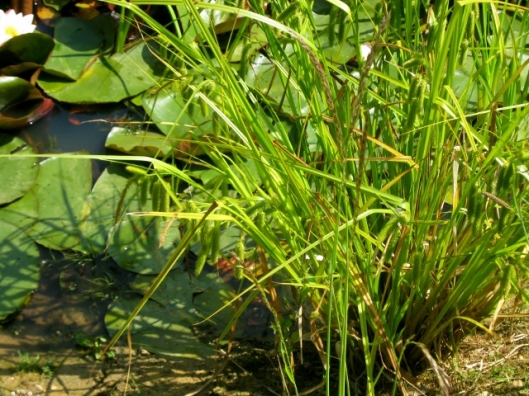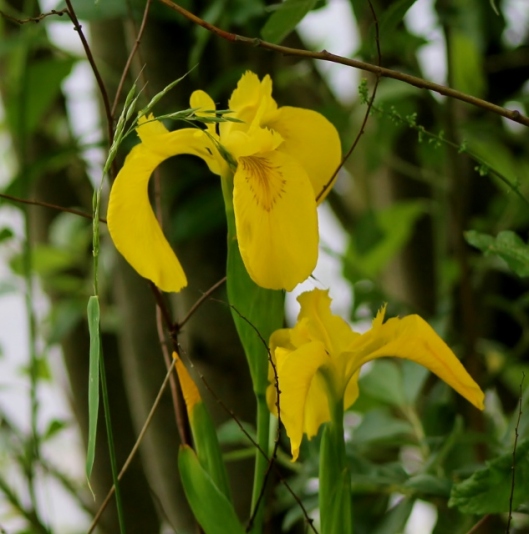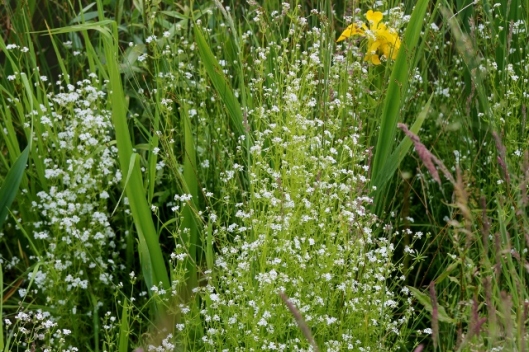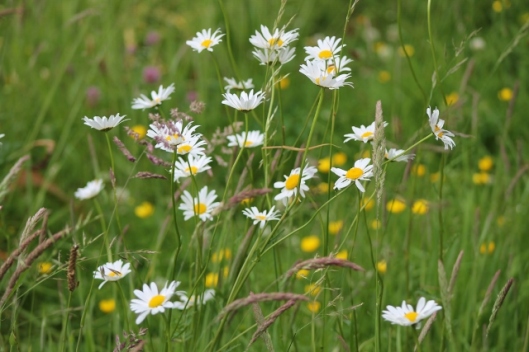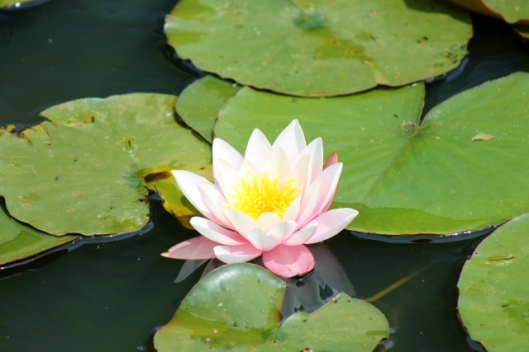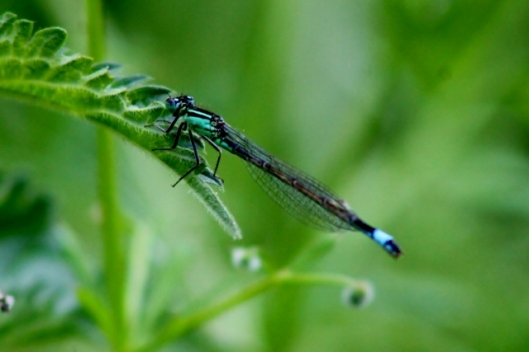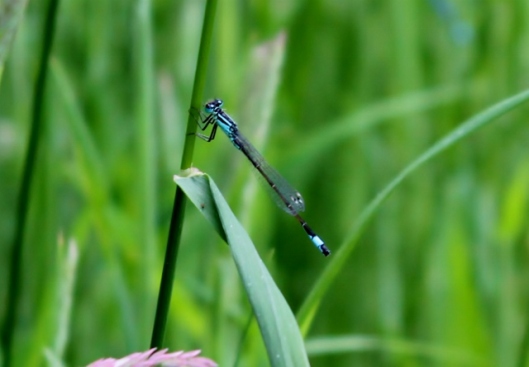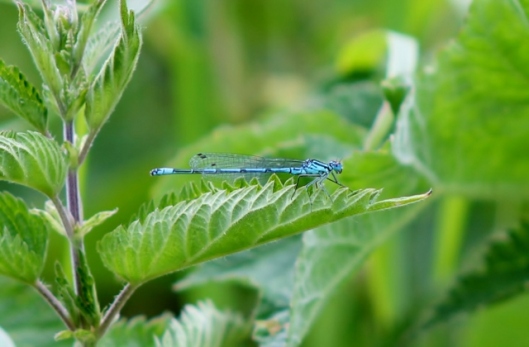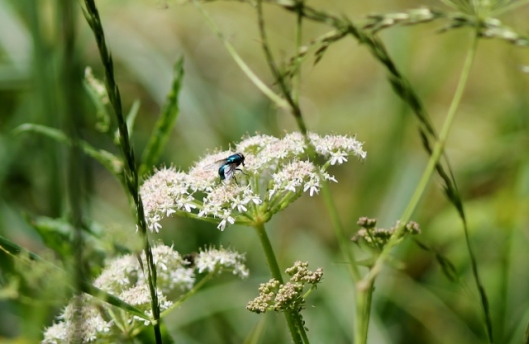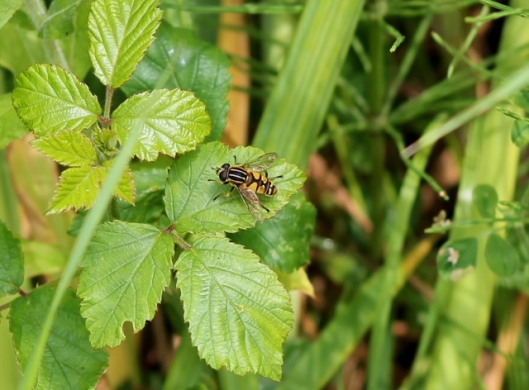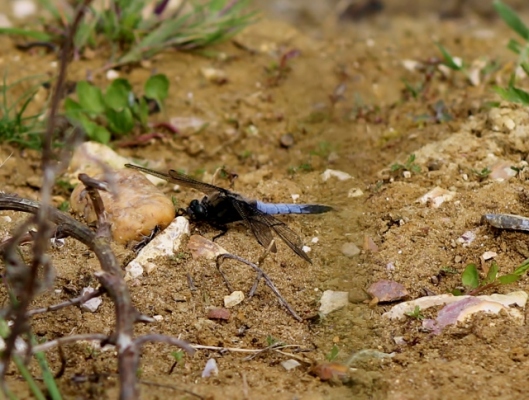Tags
Astrantia, Bittersweet, black bryony, Black Spleenwort, blue-tailed damselfly, butterflies, comma, common blue damselfly, Damselfly, Dragonfly, Essex skipper, Field Bindweed, flowers, fruit tree, garden, gatekeeper, Gladiolus, greengage, hedge bindweed, Hyssop, insects, Jacob's Ladder, Lilium longiflorum, peacock butterfly, perennial sow-thistle, Pheasant Berry, plants, rowan, ruddy darter, runner beans, spleenwort, Stargazer Lily, Suffolk, sunset, Swiss Chard, trees, vegetables, wheat, wild flowers, Woody Nightshade
This post is made up of photos of flowers, insects and other things of interest that I saw in my garden during the last couple of weeks of July and the first fortnight in August. We spent that time catching up with jobs around the house and doing a lot of gardening as the weather was quite good.
It has not been a good year for insects here; an extremely bad one for butterflies in fact, possibly due to the cool, wet spring and early summer we had. The flowers and plants had a slow start but once the warm weather arrived in mid July they soon caught up.
We still had plenty of these small dragonflies in our garden until recently but in July they had just started flying. They don’t just fly near water but find perches all over the garden from which they ‘dart’ to catch passing prey. In this photo the dragonfly is on the top of a cane in my flower-border and was happy to let me get very close to him. Ruddy Darters are the only red dragonflies with totally black legs – they also have a small patch of yellow at the base of the wings. There are black lines on the upper side of the second- and third-to last segments of the abdomen. The upper half of the eyes are red-brown and the lower half are green. The frons (the front of the ‘face’) is red.
I bought this herb late last summer; it survived the winter very well and has flowered beautifully this year. It is very popular with the bees and smells good too.
I grew Swiss Chard from seed this year for the first time, mainly because my mother likes it and hasn’t been able to get it for a few of years. I gave her a few plants and then put some plants into a couple of gaps in my flower-border. They look beautiful, especially with the sun shining through the colourful stems. I can’t say the vegetable when eaten has been very popular. The leaves are like spinach, quickly reducing in size and becoming soft; the stems which I put into the hot water a minute or so before the leaves, have a lovely texture and a very mild taste. They can be steamed successfully too. I think it is the mildness that doesn’t appeal – or perhaps the spinach-like leaves. We love greens in this family and get through large amounts of cabbage, spring-greens, brussels sprouts and broccoli, all of which have fairly powerful flavours. Perhaps Swiss Chard is too refined for us?
I include this just to prove to myself that we did get a number of skippers in the garden in the summer. The Essex Skipper is very similar to the Small Skipper but the antennal tip instead of being golden is black underneath, which can just be seen in my photo.
We bought a young Greengage tree nearly three years ago and this year we got two fruits on it. We didn’t manage to eat either of them because one or other of our animal, bird or insect visitors got there first.
The name ‘Comma’ refers to a white comma mark on the underside of the wings.
This has got everywhere in the garden this year! I have found it growing in amongst the herbs, up through the Pyracantha and it has taken over the two Cotoneasters that grow next to our gas-tank. (We are not on mains gas here so have a large butane gas tank near the house). Bittersweet berries are beautiful and are at their most attractive at this stage when some are still green and they are plump and shiny.

Another poor photograph showing what I believe to be a female Blue-tailed Damselfly (Ischnura elegans)
Another photo that is proof to me that we had these damselflies flying round the pond this summer.
Male Gatekeepers are territorial and patrol an area of hedgerow often in corners of fields or near gates trying to deter other insects from entering their domains. The males are smaller and a brighter orange than the females and have a dark patch of scent glands on the fore-wing.
I couldn’t resist taking a photo of the wheat in the field behind our house just before it was harvested this year.
This slightly battered Peacock was sunning itself on the path. They are very hairy-bodied insects and the colours and markings on the wings are beautiful. I noticed for the first time the lovely tiger-stripe yellow and black ‘shoulders’ on the fore-wing.
The flowers this year are only lightly marked with pink. They are usually much brighter.

We are lucky (?) to have both Field Bindweed, as in the former photo, and Hedge Bindweed (Calystegia sepium) as here, in our garden. This one was being visited by a bumble bee.

Our young Rowan or Mountain Ash tree (Sorbus aucuparia) had many flowers in the early summer and produced some berries this year. The berries in the photo are not quite ripe yet. They were eaten by something very quickly once they were red and ripe.
I have a pale-leaved Pheasant Berry bush and it has done very well this year, having had enough rain-water at the beginning of the season. The birds usually enjoy the berries but I’m not sure if the wasps will have left them any!
The white Longiflorum lilies did a little better this year. I still had some trouble with non-native Red Lily Beetles but the cool wet June meant the flowers were taller and stronger and the beetles didn’t appear until later in the season when the weather improved. I was as vigilant as I could be, going out checking for beetles at least twice a day and squashing them when I found them. Unfortunately, nothing could be done while I was away from home so when I returned I soon discovered the horrible grubs eating the plants. I removed as many as I could and discovered that spraying them regularly with soap was very effective.
I grew runner beans this year and gave my mother six plants and planted the rest in a gap in my flower border. They grew up through a laburnum tree and did quite well. I started them fairly late so they didn’t begin flowering til after mid-summer but the beans develop very quickly and these ones are so sweet and hardly have any ‘strings’. I love the orange flowers.

The beans with a Jacob’s Ladder (Polemonium caeruleum) flower-spike and a bumble bee flying towards the Jacob’s Ladder.
I wanted to see if there was enough ambient light to take a successful photo of these luminous lilies.

On a church cleaning visit to our church at Rumburgh I noticed this Black Spleenwort (Asplenium adiantum-nigra) growing on the wall.
This plant is mainly found in the west of the country so I was surprised to see it here, almost as far east as one can get. It loves alkaline soil and here it is growing in the mortar. A month later and it had gone – removed I presume, in case it caused yet more damage to our poor crumbling church building.
A sunset seen from the back of the house.
My music selection today is ‘The Arrival of the Queen of Sheba’ by Handel.
Thanks for visiting!






















